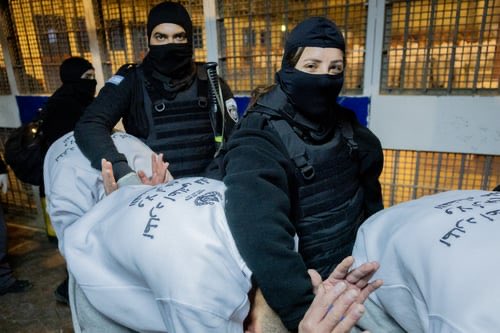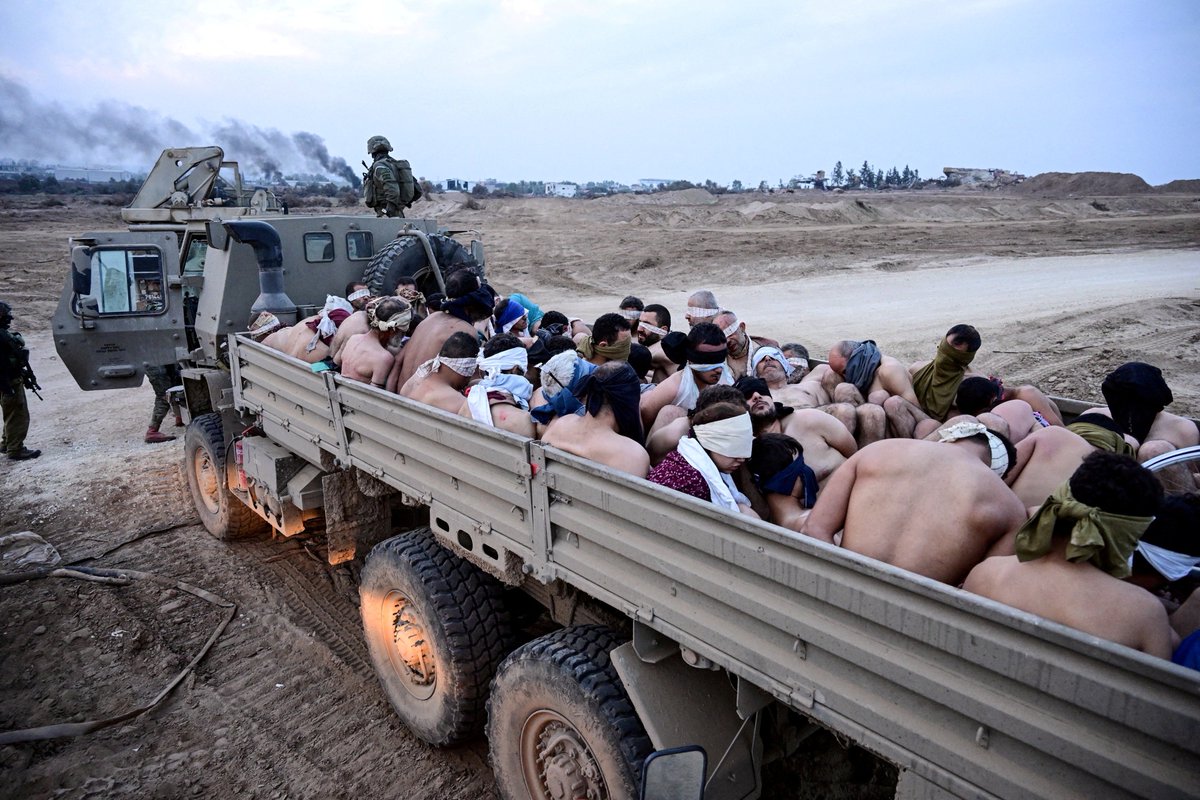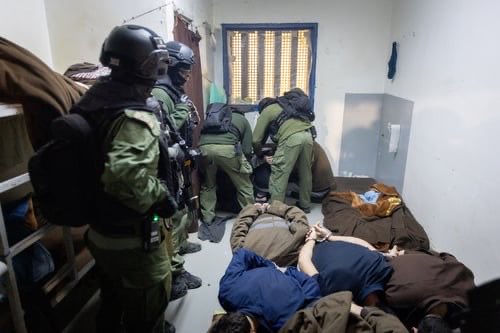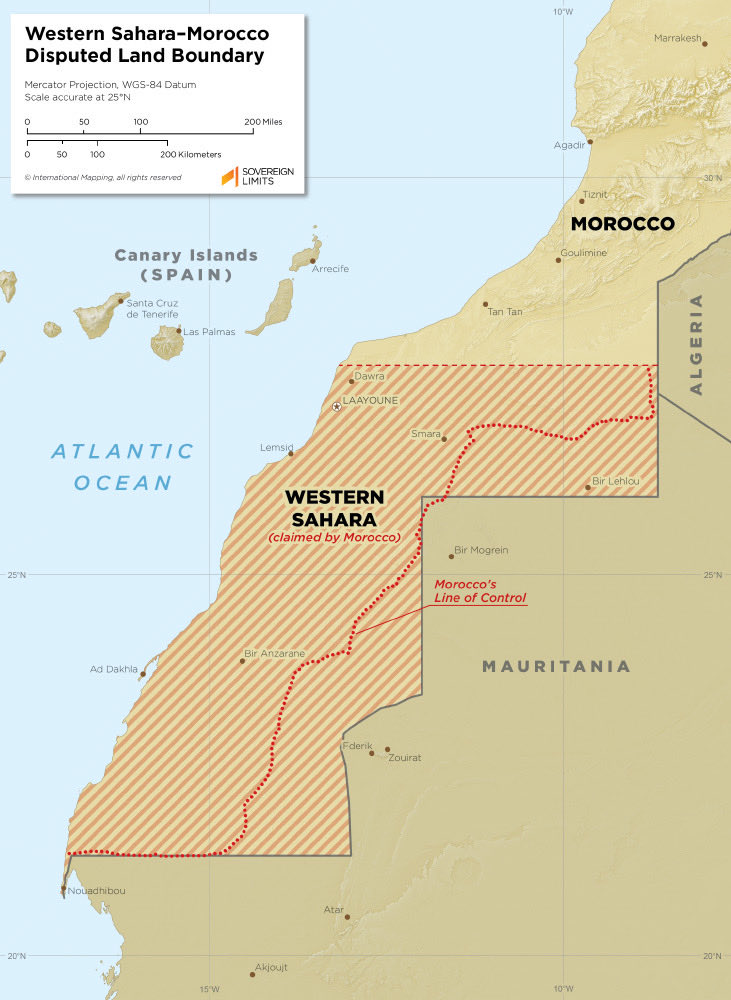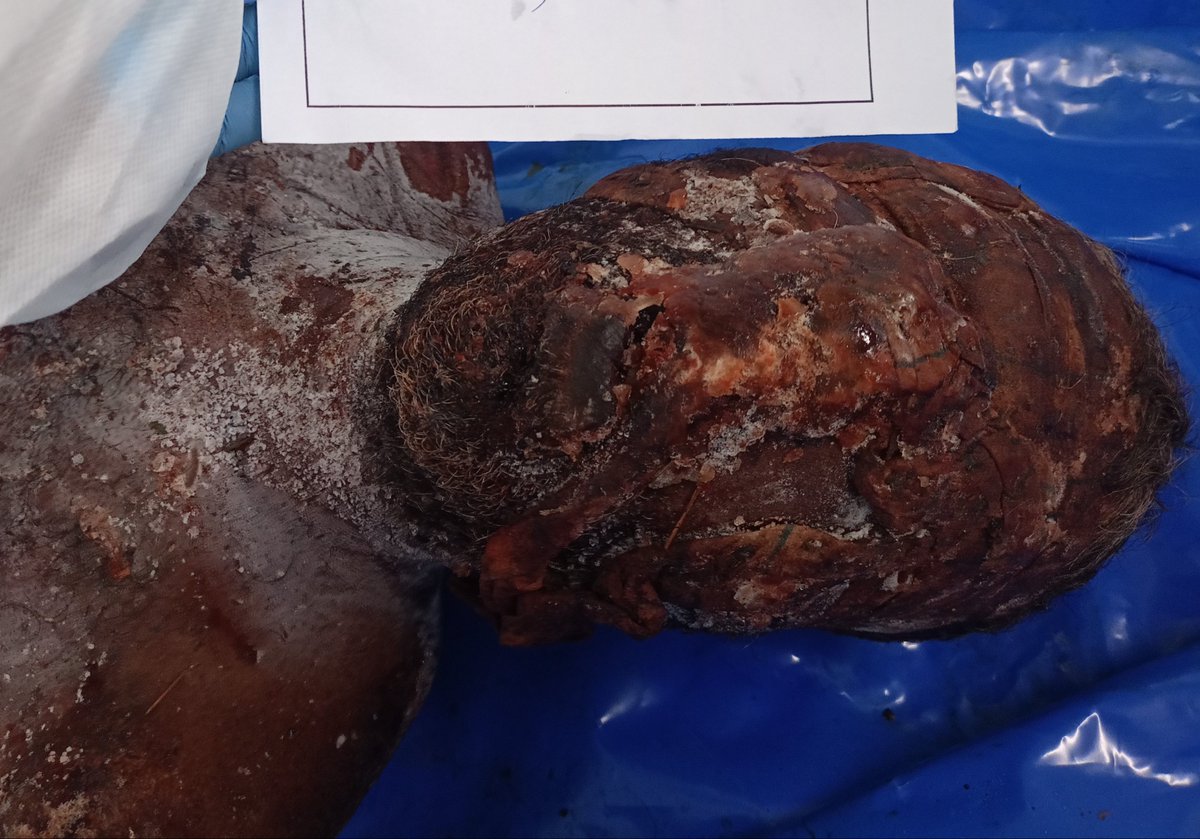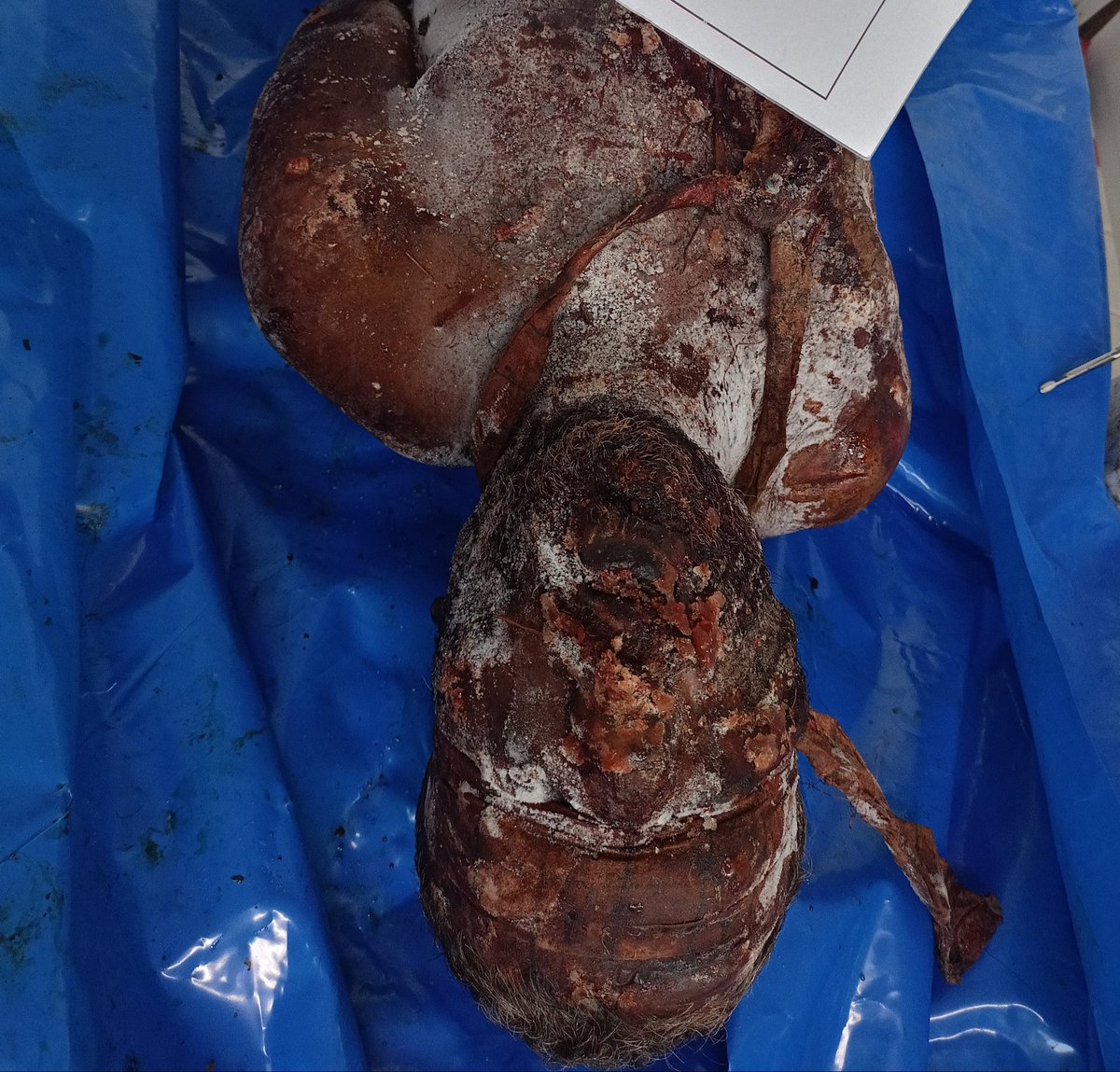🧵1/ @piersmorgan yesterday berated his guest @DanBilzerian for denying that women were raped on October 7, citing the Pramila Patten UN report as evidence: “You say there was no raping… The United Nations report into all this established it absolutely did happen and was horrific.”
This claim, which Piers has made multiple times, is false. A thread👇🏼
This claim, which Piers has made multiple times, is false. A thread👇🏼
2/ Pramila Patten’s March 2024 report stated there are “reasonable grounds to believe that conflict-related sexual violence — including rape and gang-rape — occurred across multiple locations in Israel and the Gaza periphery during the attacks on October 7, 2023.”
However, it’s important to understand what these findings actually mean.
🔗 tinyurl.com/sm6smefy
However, it’s important to understand what these findings actually mean.
🔗 tinyurl.com/sm6smefy
3/ Pramila Patten, the UN’s Special Envoy on Sexual Violence in Conflict: “I did not collect evidence. I collected information… I did not conduct an investigation.”
She added, “I did not meet with survivors of sexual violence, although I received information from sources I cannot disclose.”
She added, “I did not meet with survivors of sexual violence, although I received information from sources I cannot disclose.”
4/ “Information vs. evidence”
“We’re not talking evidence that will stand in a court of law,” Patten explains.
“We’re not talking evidence that will stand in a court of law,” Patten explains.
5/ Reporter: “So legally speaking the findings of this report cannot be used as evidence?”
Patten: “Not at all.”
Patten: “Not at all.”
6/ @dawnmclancy of Pass Blue sheds light on the “sources” Patten says she “received information” from.
One key source was Zaka volunteer Yossi Landau, who fabricated a graphic hoax that was widely circulated about Hamas fighters stabbing a pregnant woman, ripping open her stomach and slaughtering both her and her fetus.
One key source was Zaka volunteer Yossi Landau, who fabricated a graphic hoax that was widely circulated about Hamas fighters stabbing a pregnant woman, ripping open her stomach and slaughtering both her and her fetus.
7/ Patten outlines the evidentiary standard used in her report:
‘Reasonable grounds to believe’ carries more credibility than ‘circumstantial evidence’, but it is a lower standard than ‘beyond a reasonable doubt,’ the level required in criminal cases.
‘Reasonable grounds to believe’ carries more credibility than ‘circumstantial evidence’, but it is a lower standard than ‘beyond a reasonable doubt,’ the level required in criminal cases.
8/ To recap: we’ve “established” (to borrow Piers’ word) that Patten did not conduct an investigation and collected no “evidence.”
She did, however, call for a full investigation. And here’s who she thinks is best suited to carry it out:
“OHCHR and the Commission of Inquiry… It is an ongoing independent international commission of inquiry. It has the mandate to look into violations of IHL and it’s the best placed to carry out the investigation.”
She did, however, call for a full investigation. And here’s who she thinks is best suited to carry it out:
“OHCHR and the Commission of Inquiry… It is an ongoing independent international commission of inquiry. It has the mandate to look into violations of IHL and it’s the best placed to carry out the investigation.”
9/ Thankfully, the UN’s Commission of Inquiry did conduct an actual investigation and issue a report in June 2024.
Regarding rape on October 7, the Commission stated: “The Commission has reviewed testimonies obtained by journalists and the Israeli police concerning rape but has not been able to independently verify such allegations, due to a lack of access to victims, witnesses, and crime sites, and the obstruction of its investigations by the Israeli authorities.”
🔗 Full report: un.org/unispal/wp-con…
Regarding rape on October 7, the Commission stated: “The Commission has reviewed testimonies obtained by journalists and the Israeli police concerning rape but has not been able to independently verify such allegations, due to a lack of access to victims, witnesses, and crime sites, and the obstruction of its investigations by the Israeli authorities.”
🔗 Full report: un.org/unispal/wp-con…

10/ So, there you have it:
Piers’ claim about rape on October 7 — that the “UN established… it absolutely did happen and it was horrific” — is categorically false.
There’s more..
Piers’ claim about rape on October 7 — that the “UN established… it absolutely did happen and it was horrific” — is categorically false.
There’s more..
11/
The Times of London looked into sexual assault allegations on October 7. Here’s a helpful summary on that report by @krystalball:
🔗 Full investigation: thetimes.com/magazines/the-…
The Times of London looked into sexual assault allegations on October 7. Here’s a helpful summary on that report by @krystalball:
🔗 Full investigation: thetimes.com/magazines/the-…
12/ TLDR:
From the Times of London: “In all the Hamas video footage Patten’s team had watched, and all the photographs they had seen, there were no depictions of rape. We hired a leading Israeli dark-web researcher to look for evidence of those images, including footage deleted from public sources. None could be found.”
cc @piersmorgan
From the Times of London: “In all the Hamas video footage Patten’s team had watched, and all the photographs they had seen, there were no depictions of rape. We hired a leading Israeli dark-web researcher to look for evidence of those images, including footage deleted from public sources. None could be found.”
cc @piersmorgan

13/ Longer video of post 3
Longer video for post linked below so you can hear Patten clearly say:
“I did not not collect evidence.”
“I did not conduct an investigation.”
“I received information from sources.”
Longer video for post linked below so you can hear Patten clearly say:
“I did not not collect evidence.”
“I did not conduct an investigation.”
“I received information from sources.”
https://twitter.com/dropsitenews/status/1856882421431452067
14/ Just to be very clear, the “sources” were “Israeli national institutions” including Zaka, as Patten acknowledged earlier. 

-END-
• • •
Missing some Tweet in this thread? You can try to
force a refresh


